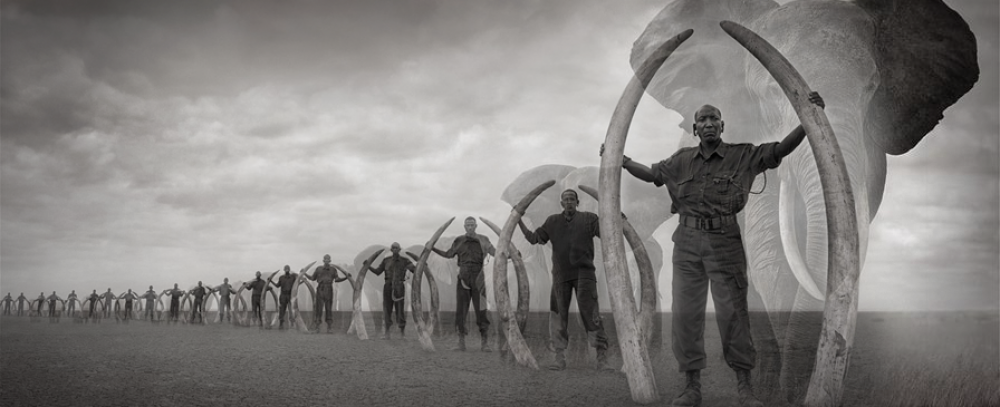CITES, or the Convention on International Trade in Endangered Species of Wild Fauna and Flora, is an agreement between over 177 nations to regulate international wildlife trade to help protect endangered species. CITES operates by imposing rules the international trade of certain species, though it is up to each member country to pass national legislation to uphold the CITES agreement. There are three appendices for species that are protected by CITES. Appendix I is for species threatened with extinction, and trade in specimens of these species is only permitted in exceptional circumstances. Appendix II is for species not necessarily threatened with extinction, but where trade must be controlled in order to ensure their survival, and appendix III is for species protected in at least one country that has asked CITES to help control it’s trade. Below, a timeline of events related to CITES decisions on the ivory ban are outlined.
- 1977 – African Elephants are listed on CITES Appendix II
- 1989 – CITES lists the African Elephant on Appendix I, thereby outlawing the commercial international trade of African Elephant ivory.
- 1997 – Several southern African countries including Namibia, Botswana, Zambia and Zimbabwe appeal to CITES and withdraw their reservations to the listing of the African Elephant on Appendix I. They reasoned that not being allowed to sell ivory obtained from poachers was only hurting their conservation funding.
- Botswana, Namibia and Zimbabwe have their elephant populations transferred to Appendix II for trade reasons.
- CITES allows a one time sale of 49 metric tons of ivory from Botswana, Namibia and Zimbabwe to Japan under the condition that Japan will not re-export.
- 2000 – South Africa requests for and is granted to have their elephant population transferred to Appendix II for trade reasons, citing that they maintain a stable and well monitored elephant population.
- 2002 – CITES approves the sale of 60 metric tons of ivory from South Africa, Namibia and Botswana.
